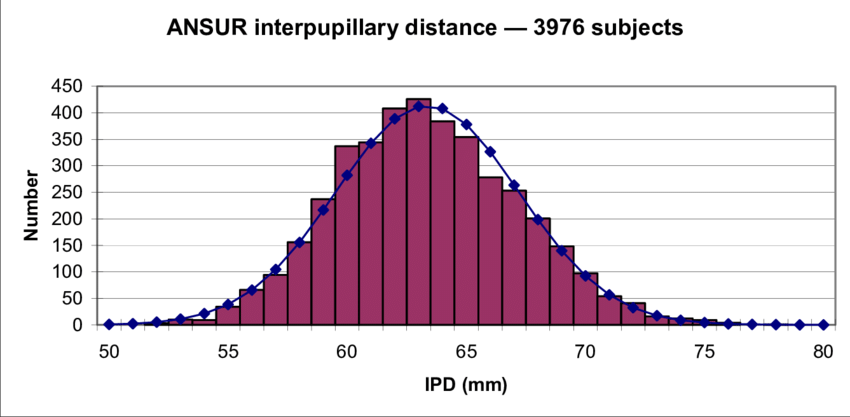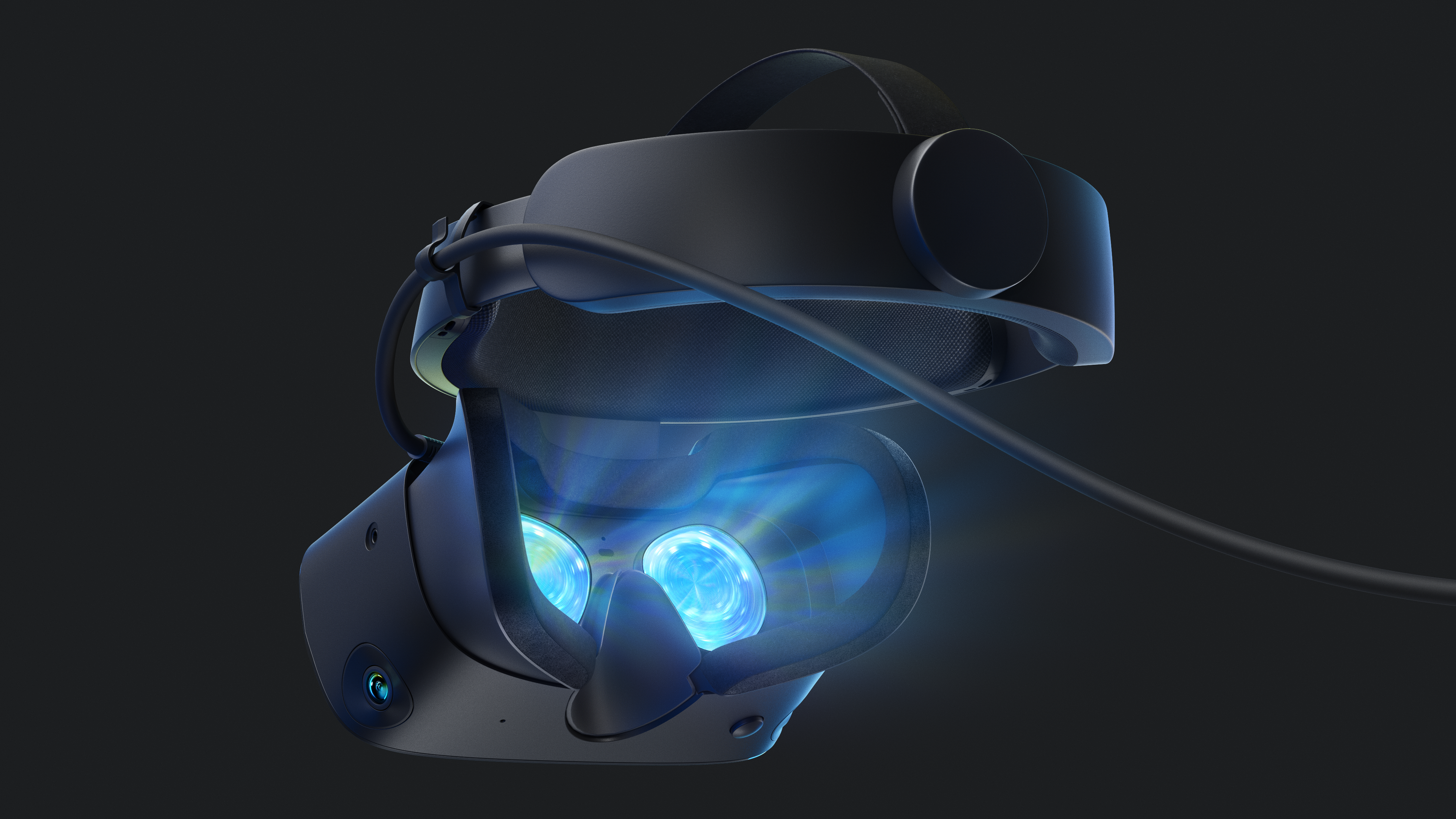The original founder of Oculus VR isn’t pleased with the Oculus Rift S IPD.
Last week Oculus officially unveiled the Oculus Rift S, a ‘1.5 update’ to their popular Oculus Rift. Developed in collaboration with Lenovo, the PC VR headset features 1280×1440 per eye resolution, a higher pixel density, more efficient weight distribution, a single-cable system, and compatibility with the updated Touch controllers teased alongside the Oculus Quest.
The Rift S also does away with the manual IPD adjustment mechanism featured on the original Rift in favor of a fixed lens system and ‘software IPD adjustment’; a decision that has apparently struck a cord with the Oculus Rift’s original designer.

Image Credit: Palmer Luckey
In a post released on Luckey’s personal blog entitled I can’t use Rift S, and neither can you, the pioneering VR developer expressed his concerns towards the Oculus Rift S, claiming the headsets current lens distance is incompatible for anyone with an IPD outside the average range of 58mm – 72mm. While those hovering on the edge of this spectrum will only experience mild discomfort, those outside the bounds are out of luck entirely.
While this group of affected users may only account for a small number of the consumer base (roughly 30%), it does pose an issue for the Oculus ecosystem. The Oculus Rift is now the only device on the Oculus lineup to feature manual IPD adjustment, and with the Oculus Rift S serving as a total replacement for the original, customers with unique IPD’s or vision will soon be out of options.

Image Credit: Oculus
Interpupillary distance, more commonly referred to as IPD, can best be described as the physical distance between your eyes. The average IPD for male and female users lands within the 58mm to 72mm range, with 64mm largely considered the overall sweet spot. A majority of VR headsets currently offer a form of manual IPD adjustment–usually controlled via a physical knob or slider–or a lineup of customized HMD’s, such as the Magic Leap One Creator Edition.
Lately, we’ve seen an increase in “software IPD adjustment” and fixed lenses as headset providers continue to lean away from fragile–sometimes obstructive–manual systems. The recently announced HP Reverb features its own asymmetrical lens solution which promises to satisfy any IPD measurement. While companies promise this solution will offer overall better immersive experiences–the same visuals minus the weight and fragility of IPD adjustment mechanisms–it’ll be interesting to see just how many VR consumers are affected by this new trend.
The post Palmer Luckey: ‘I Can’t Use The Oculus Rift S’ appeared first on VRScout.
from VRScout https://ift.tt/2Wigjtq
via IFTTT
No comments:
Post a Comment